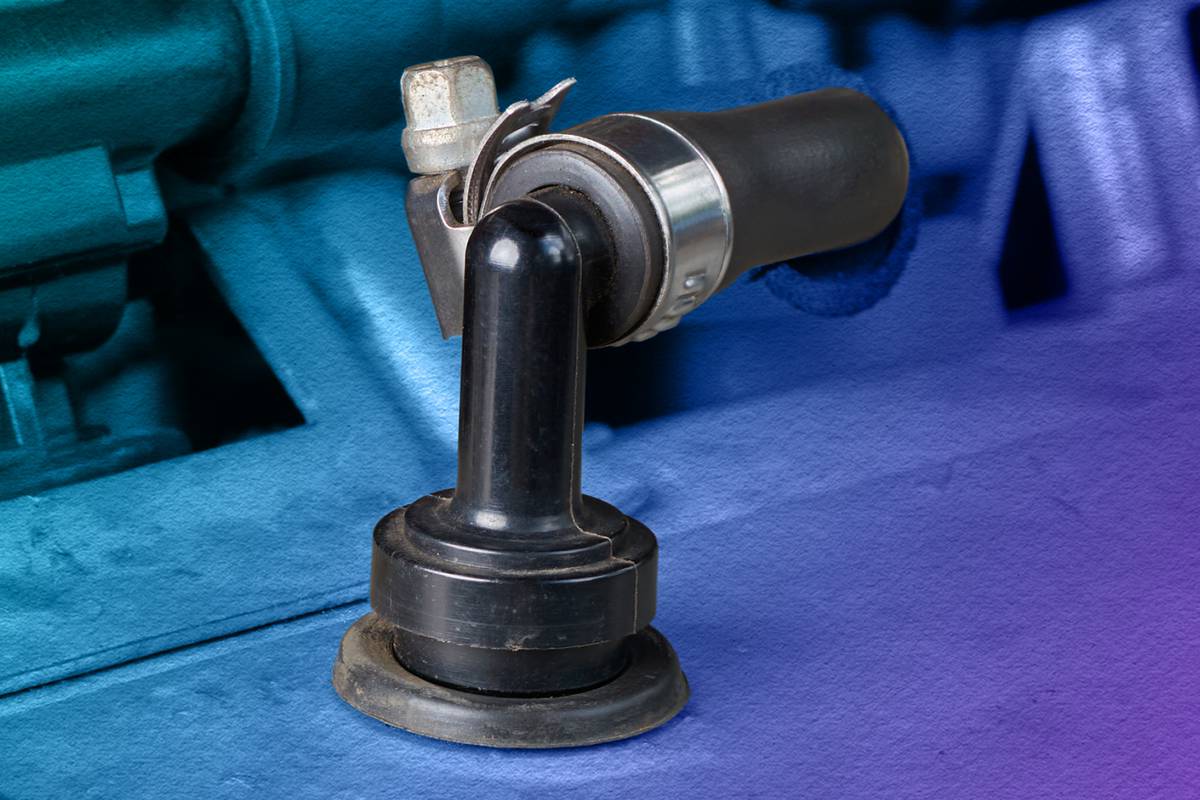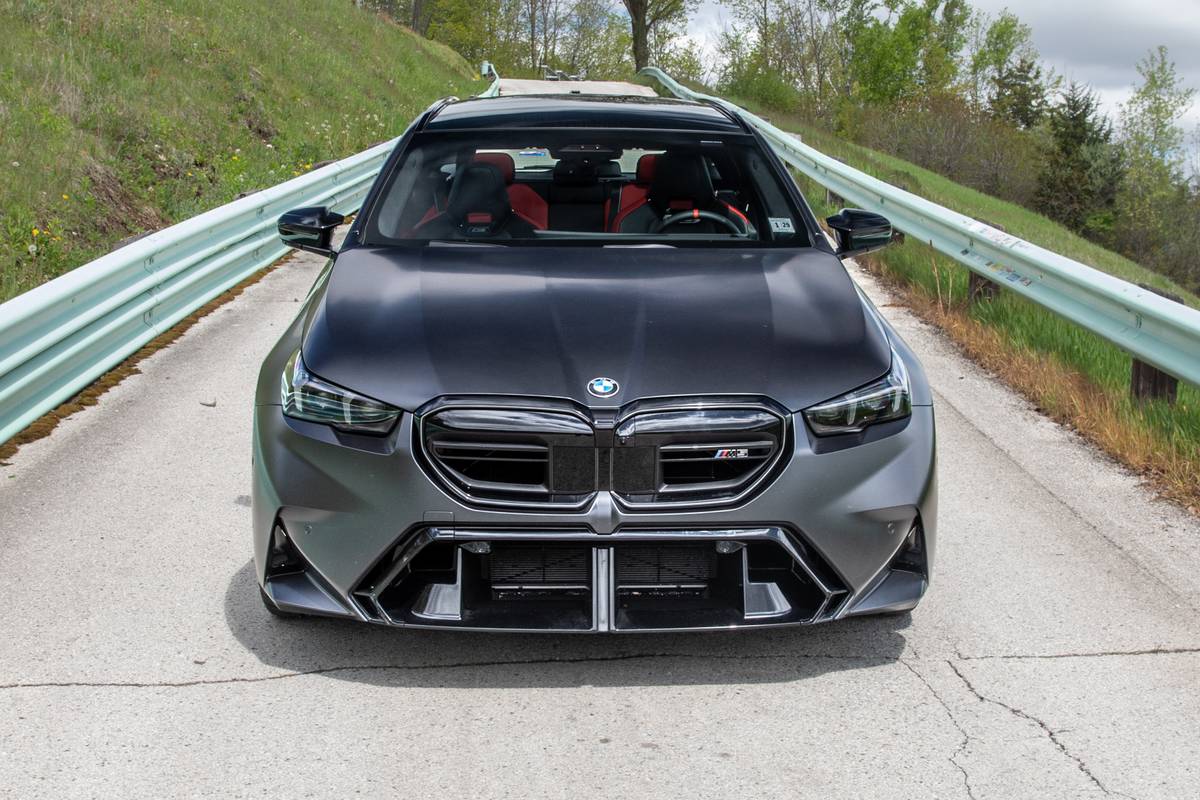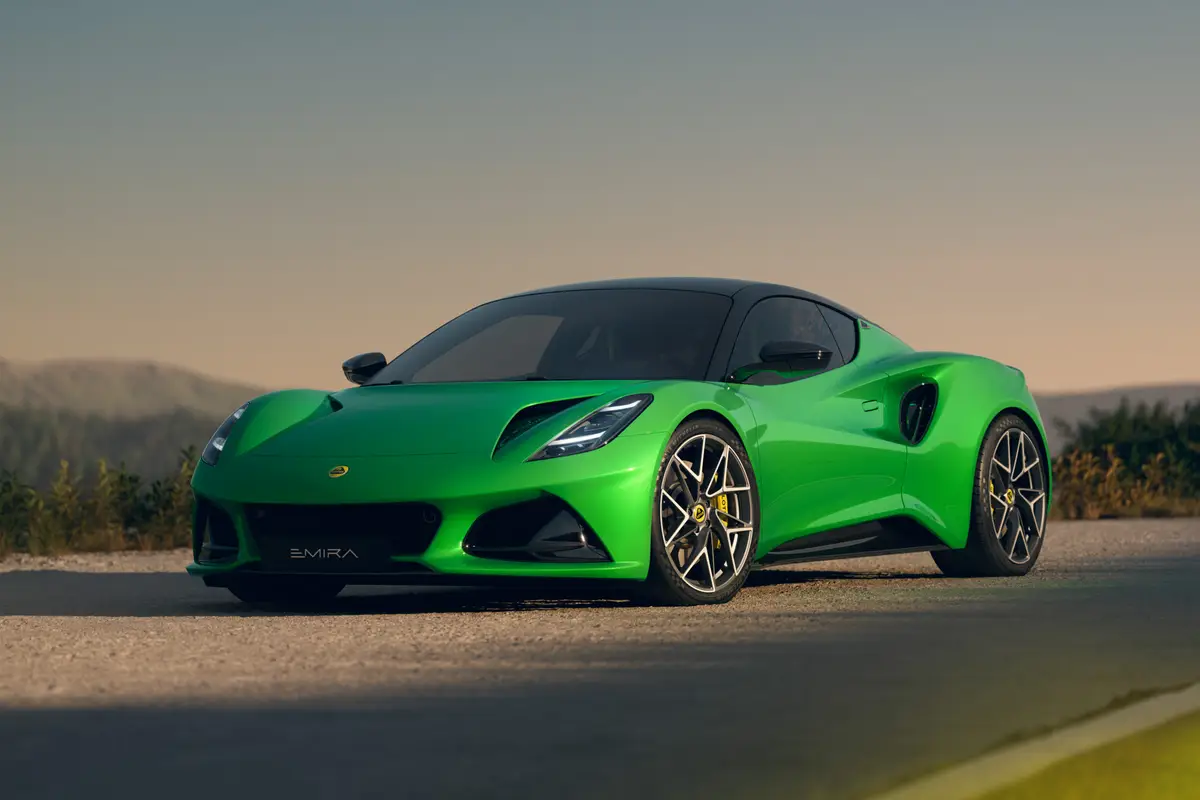washingtonpost.com's view
NOVEMBER came with falling leaves and frost-covered grass — and a “roma red” 1996 Honda Civic LX sedan sitting in my driveway.
The leaves, I understood. The frost-covered grass was equally easy to comprehend. But “roma red”?
I turned to nature for an answer. I walked through the leaves in my back yard, kicking them over and picking up a few samples until I found one that most closely resembled the color of the Civic LX.
It was a dull red sycamore leaf with tiny brown spots, interesting because it retained so much color in death. But there was nothing “roma” about it.
I figured that the Honda people came up with a fancy name for the color of their new Civic because, well, their new Civic is so fancy. That is, it comes in a larger “roma” size with a more powerful “roma” engine and a more luxurious “roma” interior. And “roma” conjures the idea of Rome and romance.
People who viewed the trusty Civic as a simple, cheap economy car might be shocked. The new Civic also comes with higher “roma” base prices, from $10,000 to $16,000 — pretty expensive for what is supposed to be an economy car.
Background: Let’s face it, poverty has moved upscale along with definitions of “economy.”
When the first Civic was sold in the United States in 1973, an economy car meant a box with four itty-bitty wheels and an itty-bitty engine that got you where you wanted to go at an itty-bitty price. Honda capitalized on this idea by turning the box into a somewhat attractive wedge and installing an impressively reliable engine.
It was no wonder that the front-wheel-drive Civic soon became the international standard of small-car engineering, displacing the likes of Germany’s temperamental Volkswagen Beetle and France’s ill-begotten Renault 5.
But something happened on the Civic’s march to greatness. The United States and other governments began demanding that all cars meet tougher safety and environmental standards. In the United States, where even the most hard-pressed among us has access to a television and all of its advertisements, consumers began demanding that economy cars come with air conditioners, multiple cup holders and fancy stereos.
A result of all of those demands is the tested 1996 Honda Civic LX sedan, most certainly one of the best and most expensive Civics built.
The new Civic comes as a sedan, coupe or hatchback. The new sedan is 2.1 inches longer than its predecessor; the coupe is 2.3 inches longer; and the new hatchback is 4.3 inches longer.
All new Civics offer more headroom and legroom in the passenger cabin. But shoulder room is slightly less, because Honda used up some interior width by fattening the Civics’ doors with tubular steel and other reinforcements.
All new Civics are powered by a version of Honda’s 16-valve, 1.6-liter, inline four-cylinder engine. The lower-end Civic models, such as the DX and LX sedans, are powered by a version of that engine rated 106 horsepower at 6,200 rpm with max torque set at 103 pound-feet at 4,600 rpm.
The upscale EX Civic sedan and coupe get a standard 127-horsepower version of Honda’s four-banger. The HX Civic coupe’s engine comes with a 115-horsepower engine.
A five-speed manual transmission is standard in all new Civics. An electronically controlled four-speed automatic is optional. Standard brakes include power front discs/rear drums, with anti-lock brakes optional on most Civic models. Dual front air bags are standard on all Civics.
Other general improvements for 1996 include a better suspension, overall more rigid body construction, better fit and finish, a completely revised interior (including an all-new instrument panel with an anti-glare top) and the installation of an upgraded onboard diagnostic system to monitor engine fuel efficiency and emissions.
Complaints: It’s too expensive for an economy car.
Praise: The Civic easily is one o the best small cars sold anywhere in the world. Period.
Head-turning quotient: Ain’t no big whoop. A once flippant, small car grown fat with middle age.
Ride, acceleration and handling: A much quieter ride, thanks to sound insulation. Respectable acceleration at 0-to-60 mph in eight seconds in the tested 106-horsepower Civic LX sedan. Excellent small-car handling. Decent braking. The test car had the anti-lock option. Mileage: About 25 miles per gallon (11.9-gallon tank, estimated 300-mile range on usable volume of regular unleaded), running mostly highway and driver only with light cargo.
Sound system: Six-speaker AM/FM stereo radio and cassette, factory installed by Honda. Excellent. Price: Base price on the tested Honda Civic LX sedan, five-speed manual is $13,600. Estimated dealer’s invoice is $12,125. Price as tested is $15,505, including $1,525 in options and a $380 destination charge.
Purse-strings note: The Civic is tops in the small-car world. But it’s surrounded by legions of worthy competitors, including the Toyota Corolla, Geo Prizm, Mazda Protege, Ford Escort, Chevrolet Cavalier, Pontiac Sunfire, Plymouth/Chrysler Neon, Mitsubishi Mirage, Hyundai Accent and Hyundai Elantra, Nissan Sentra, Subaru Legacy and, um, the BMW 318ti.
Latest news



